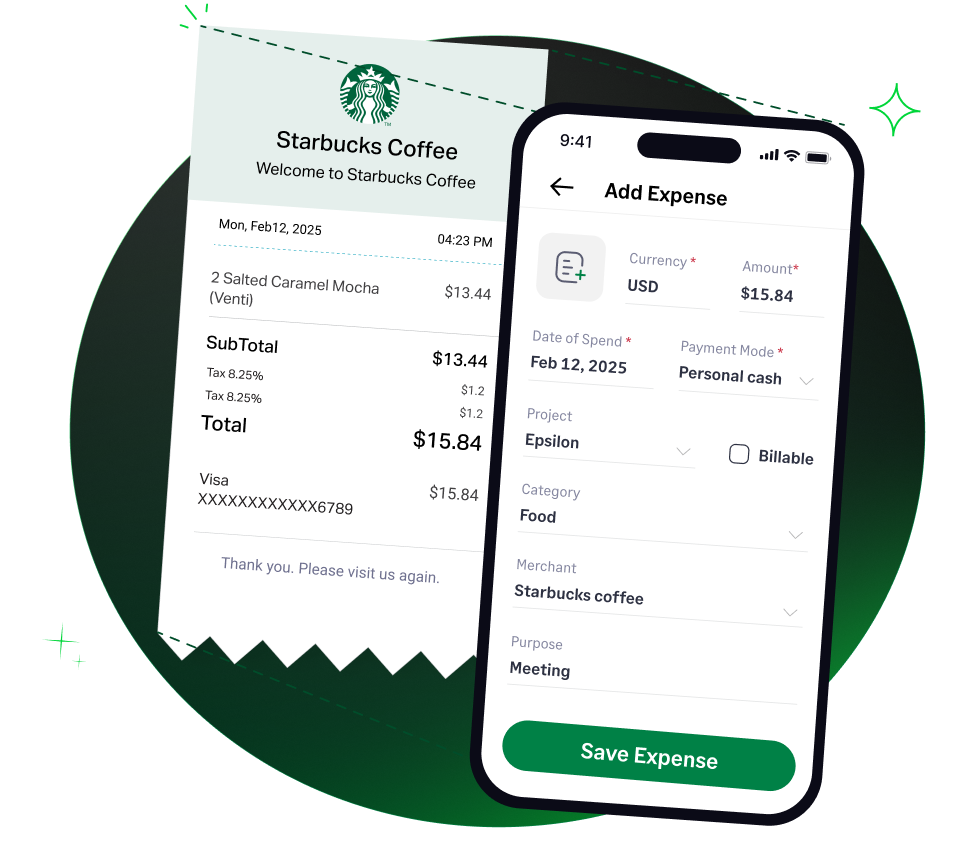✨ Exciting news: Fyle is now part of the Sage family! Learn more in our press announcement >
 4.6/51670+ reviews
4.6/51670+ reviewsBeyond the major taxes, such as income and property, businesses are often subject to a variety of other state and local taxes. These can include industry-specific excise taxes, occupational taxes, or taxes based on gross receipts. For accountants and business owners, it's crucial to know that many of these are deductible business expenses.
However, the tax treatment can be nuanced, especially when it comes to sales tax. This guide will clarify how to categorize these various state and local taxes according to IRS rules, ensuring your business remains compliant and maximizes its deductions.
The various state and local taxes that are directly attributable to your trade or business are an ordinary and necessary business expense. These costs are reported under the specific category of Taxes and Licenses.
IRS Publication 535 and Publication 334 confirm that you can deduct various federal, state, and local taxes directly related to your business operations.
The most critical factor is understanding which taxes are deductible and how to handle other taxes, like sales tax, which are treated differently.
This is a key distinction. Publication 535 is very clear that the sales tax you pay on goods or services for your business should not be deducted as a separate tax. Instead, the sales tax is treated as part of the cost of the item purchased.
If your business is required to collect sales tax from customers and remit it to the state or local government, those collected amounts are not included in your business's gross income, and you do not take a deduction when you pay them to the government. They are simply a liability you are passing through.
Taxes on gasoline, diesel, and other motor fuels are not deducted separately as a tax. As explained in Publication 535, these taxes are included as part of the cost of the fuel itself.
To deduct qualifying state and local taxes, you must report them correctly and maintain proper documentation.
For a sole proprietor filing a Schedule C (Form 1040), deductible state and local taxes (other than income and property) are reported on Part II, Line 23, Taxes and licenses.
You must have documentary evidence to substantiate all tax payments. Your records should include:
Fyle helps you manage and document your various tax payments, ensuring you have a complete and compliant record for tax time.




